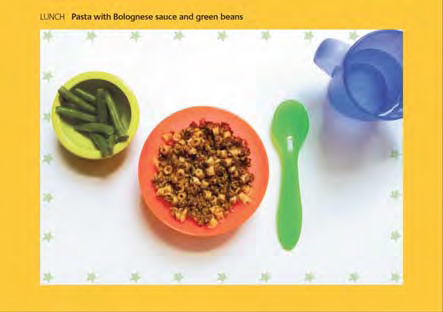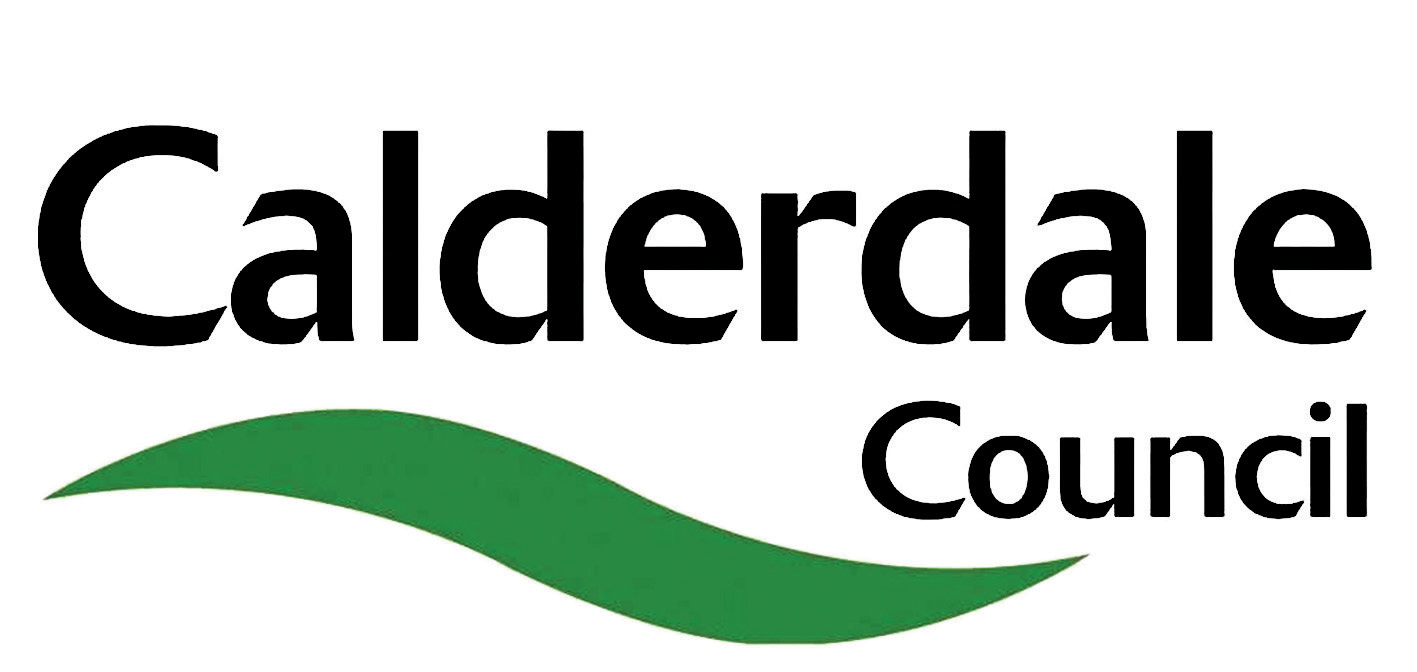Weaning is a really important step in your child’s development. Babies can get all the
nutrients they need from breast milk until they are around six months old. Up until this
time their digestive system is still developing and it can’t yet cope with solid foods.
To begin with, how much your baby takes is less important than getting them used
to the idea of eating. They will still be getting most of their nutrition from breast milk,
so do not stop. Start off with fruit or vegetable purées and cereals added to milk.
Keep feeding your baby breast milk too, but don't give them whole cows' milk as a
drink until they are one year old (but you can use it in cooking from six months).
Babies do not need three meals a day to start with, so you can begin by offering
foods at a time that suits you both. Gradually, you'll be able to increase the amount
and variety of food your baby eats, until they can eventually eat the same as the rest
of the family, in smaller portions. It can be great fun to explore new flavours and
textures together.
Every baby is an individual, but there are three clear signs (see below) that, together,
show your baby is ready for solid foods alongside breast milk or formula. It's very rare
for these signs to appear together before your baby is six months old.
1
They can stay in a
sitting position and
hold their head
steady.
2
They can co-ordinate their
eyes, hands and mouth so
they can look at the food,
pick it up and put it in their
mouth, all by themselves.
3
They can swallow food. Babies
who are not ready will push their
food back out with their tongue,
so they get more round their face
than they do in their mouths.
First foods - Include mashed or soft cooked fruit and
vegetables like parsnip, potato, sweet potato, carrot,
apple or pear, all cooled before eating. Soft fruits like
peach or melon, or baby rice or baby cereal mixed with
your baby's usual milk, are good as well. Do not add salt
or sugar.
Finger foods - Finger food is food that is cut up into
pieces big enough for your baby to hold. Things like slices
of cucumber, carrot, banana or melon cut into pieces
about the size of your own finger.
Next foods - Once your baby is used to the idea of more
solid foods you can try soft cooked meat such as chicken or
mashed fish (check carefully for bones), pasta, noodles,
toast or pieces of chapatti, rice and mashed hard-boiled
eggs. They can also have full-fat dairy products such as
yoghurt, or fromage frais. Choose products with no added
sugar or salt, and do not add any yourself. Whole cows' milk
can be used in cooking or mixed with food from six months.
Phase out breastfeeding gradually, some babies find it
easy to give up and are bored with it, whilst others may
take a little longer. Start to offer breast milk after eating,
so they are not hungry. Giving up breastfeeding can be an
emotional experience. You may feel sad that it’s over, but
happy to finally get your body back.
Stopping breastfeeding doesn’t end the close bond you
and your baby have built up.
Cups - Introduce a cup from around six months and offer
sips of water with meals. Using an open cup or a freeflow
cup without a valve will help your baby learn to sip
and is better for their teeth.
For ideas on meals and portion sizes for your child’s
age and stage visit www.cwt.org.uk
Guidelines for breakfast, lunch, desserts, snacks, tea.

Picture supplied by Caroline Walker Trust



